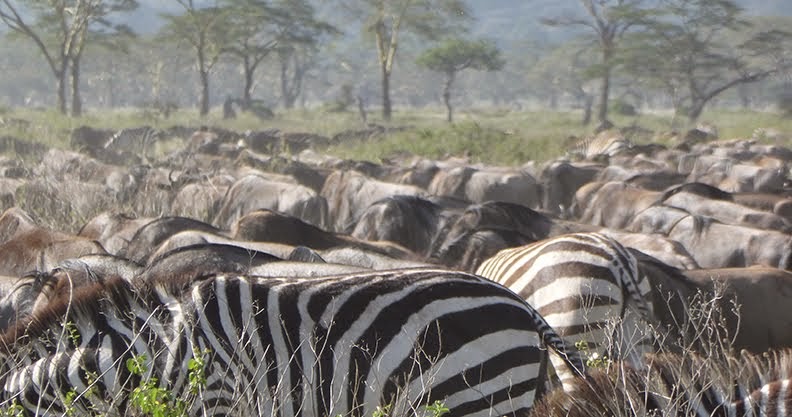When I knew I was going to travel to the Dallas area, I thought why not stop in at the Sixth Floor Museum at Dealey Plaza, the site of the assassination of President John F. Kennedy. After all, I had lived through those turbulent times in the early 1960s.
Historic visit, so I thought. Just a tragic curiosity now. It all happened so long ago. Boy, was I in for an emotional surprise.
The downtown museum is housed in the very building, a turn of the twentieth century brick warehouse, from which Lee Harvey Oswald is accused of shooting the president. The museum occupies the top sixth and seventh floors of the former Texas School Book Depository, the rest of the floors occupied by local government offices . The permanent exhibit examines the life, death and legacy of the president through hundreds of photos, films and artifacts.
The crowd the day I visited on a holiday weekend was thick. Young couples, teen-agers, children all eager to soak up the history. There were the iconic photos, John-John under the president's desk, Jackie looking so glamorous at a state dinner, JFK himself, tall, handsome with his shock of red hair and big smile. The now naive looking campaign posters and buttons. None of the glitz of the internet age. Still, all the drama of race riots, the cold war and the Cuban missile crisis unfolding before us with flickering black and white films and photos.
But, nothing prepared me for the shock I felt when I got to the sniper's perch next to the sixth floor window from which Oswald is said to have shot. The corner is enclosed in glass, the boxes of books stacked strategically to provide cover. The original rough wood flooring is still intact. I could imagine Oswald, himself assassinated shortly after being arrested, crouched at the window with his rifle, the very rifle displayed in another glass case nearby.
That I could be standing there, where but for time and space I could be witnessing this infamous act. I felt myself gasp, the hairs on my arm rise. My own history. I remembered that day Nov. 22, 1963. I was an exchange student in France. Kennedy the image of hope and youth. The news of his death, it felt like the bullet had gone through my heart. Then, the fear. What could this mean, especially for people like me living abroad? This urge to want to go home.
My indignation at not being able to find a copy of the International Herald newspaper, all sold out. The rumors that Vice President Lyndon B. Johnson had also been shot. All the turmoil. But, in the end a peaceful passage of power. Still, all the mourning, the grief. The loss. That is what came back to me standing there, looking at that sniper's perch.
From an adjacent bank of windows, you could look down at the place where JFK's motorcade had passed on a campaign visit to Dallas. The big white "x" marks the exact spot where he was hit.
All that hope shattered in a moment. And, all the controversy that followed. The museum also houses the actual 10 by 10 foot model of Dealey Plaza prepared by the FBI for the Warren Commission in 1964. It ruled that Oswald was the lone assailant but that has never stopped the conjecture that followed.
Near the white "x" outside the museum, you will find all the conspiracy proponents who gather to this day to debate who exactly killed Kennedy.
The museum, which is run by the non-profit Dallas County Historical Foundation, presents all the theories but takes no position, seeing its mission as being an impartial forum to explore the memory and effects of the event.
All the conjecture. I didn't take the time to study it all, figuring no one will ever fully resolve the matter. But, one thing stood out for me as a result of my visit. The horrific event marked the end of at least part of American innocence.
